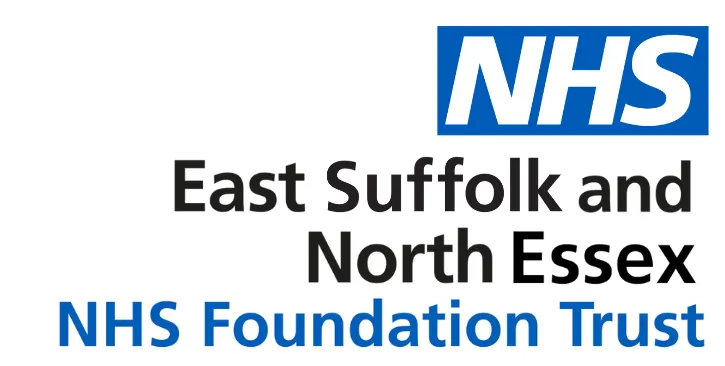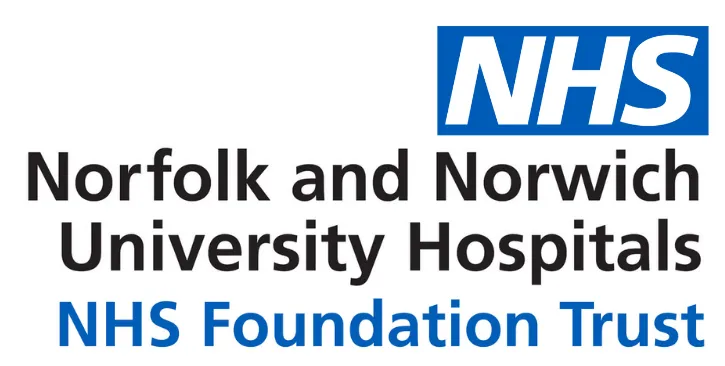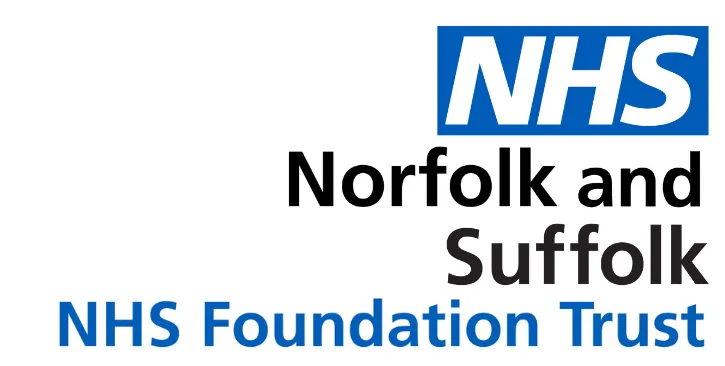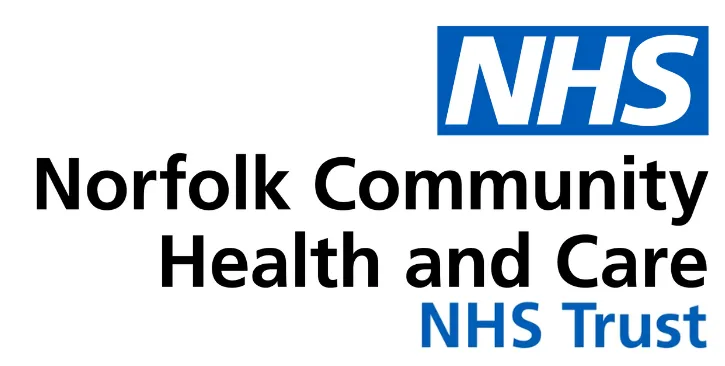Reducing the prevalence of malnutrition in the community.
Malnutrition is present in about 30% of those admitted to hospital, where it contributes to a more expensive and longer duration of stay. This malnutrition, however, has its origins in the community and in other high-risk populations.
We aim to identify an alternative to conventional nutrition risk screening, such as opportunistic blood test-based risk identification, which can help to bridge current gaps in the system.
Through earlier identification of malnutrition and earlier clinical intervention, it will help to reduce its associated morbidity, to reduce the rate of hospital admission and to shorten the duration of stay in those who still require in-patient care.











